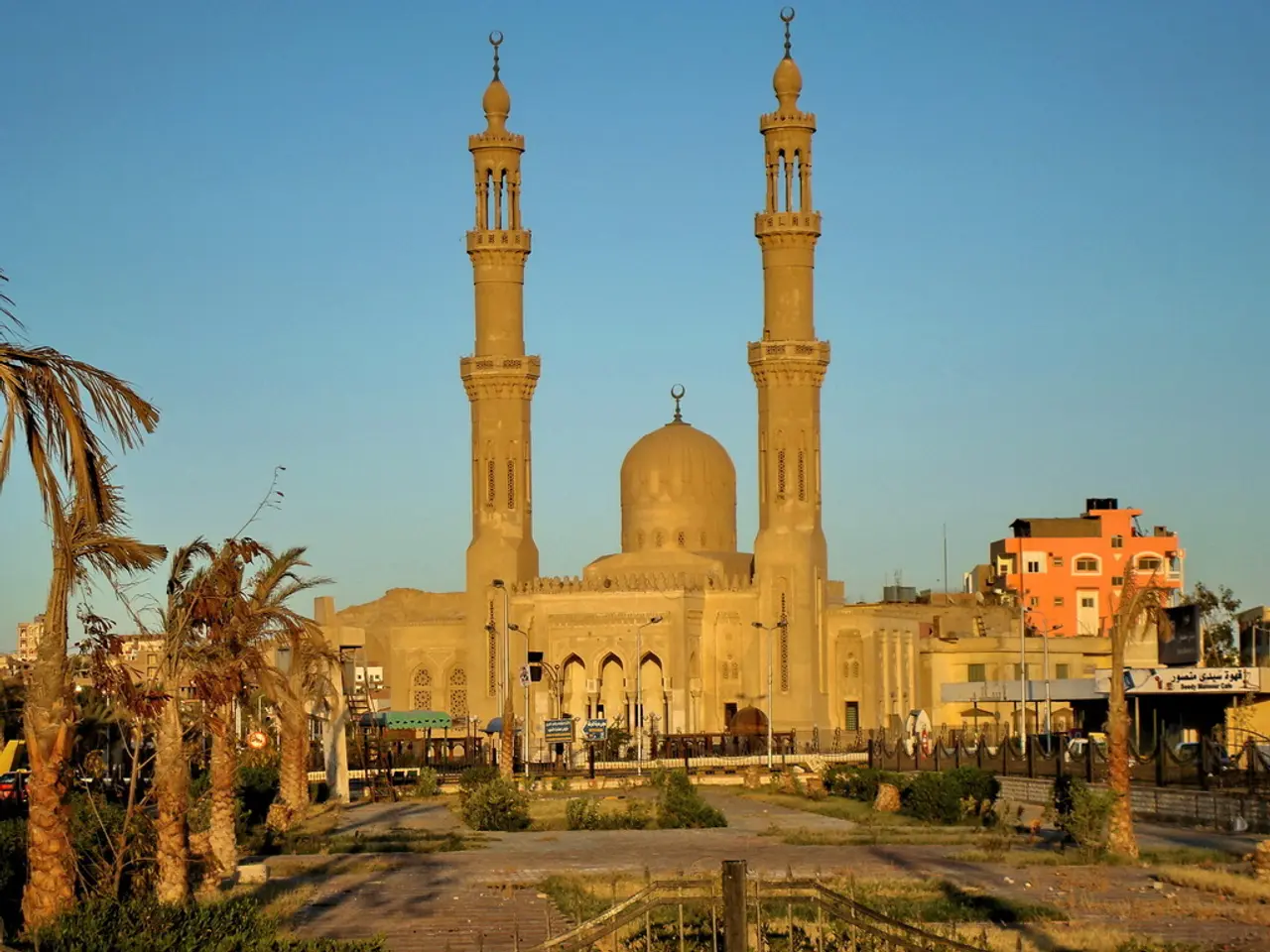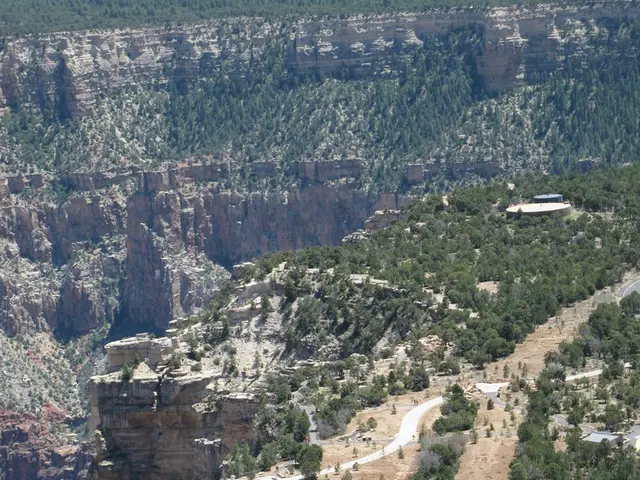Explore Five Significant Ottoman Landmarks in Athens
Athens, the vibrant Greek capital, is not only renowned for its world-famous Acropolis and ancient Agora, but also for its intriguing Ottoman-era sites. These historic landmarks offer a fascinating glimpse into the city's rich past, as key ancient monuments were repurposed during the Ottoman rule that lasted from 1458 until 1821, when Greece declared independence.
One of the most notable Ottoman-era sites in Athens is the Parthenon, which served as the main Muslim place of worship on the Acropolis during the Ottoman period. The Propylaea, the monumental gateway to the Acropolis, was used as the Turkish army garrison headquarters, while the Erechtheum was transformed into the governor’s private harem. These adaptations reflect the Ottoman practice of reusing significant sites to fit administrative and religious needs.
After Greece gained independence following the War of Greek Independence (1821–32), these Acropolis sites transitioned from active places of worship or military use to recognized historical monuments. Restoration efforts began in 1835-36, with the aim of preserving the ancient Greek heritage obscured or altered during Ottoman occupation.
In the 20th century, partial restorations took place, notably on the Erechtheum, which had suffered damage and dispersal of parts. The Acropolis, including these Ottoman-era modified structures, was designated a UNESCO World Heritage site in 1987, paving the way for continued modern preservation and archaeological research.
Today, preservation balances maintaining the classical structures with acknowledging Ottoman layers of history, ensuring these sites represent the long, complex history of Athens through centuries of both ancient glory and Ottoman rule.
Other significant Ottoman-era sites in Athens include the Venizelos Mansion, often described as the oldest standing house in Athens, which serves as a museum and offers a window into domestic life in Ottoman-era Athens. The Tzistarakis Mosque, built in 1759, is a popular tourist attraction and was named after the Ottoman governor Mustapha Agha Tzistarakis.
In the Plaka neighborhood, tourists take selfies in front of monuments dating back two millennia or more, while the Fethiye Mosque, also known as "The Mosque of Conquest," and the Bathhouse of the Winds, the only surviving historic bathhouse in Athens, are open to visitors.
Until recently, many historic sites from the Ottoman era in Athens were neglected and ignored. However, thanks to the efforts of academics like Dimitris Loupis, an expert in Ottoman-Greek history, and the restoration initiatives of the 1990s, these sites are now being brought back to life, offering visitors a unique opportunity to explore Athens' hidden history.
- Media outlets often highlight the analysis of historical sites in Saudi Arabia, especially those in the Middle East, mentioning the unique blend of ancient structures with Ottoman-era modifications, seen prominently in Athens, Greece.
- Travel guides today recommend exploring the Tzistarakis Mosque in Athens, as it's a testament to the lifestyle during the Ottoman period in Palestine and the broader Middle East.
- During news discussions on the Middle East, the redressing of neglected Ottoman-era sites in Athens has been a topic of interest, with the Fethiye Mosque and the Bathhouse of the Winds being notable examples for visitors to explore.
- In light of the latest Israel-Palestine conflict, it's essential to understand the region's history, including the Middle Eastern influence on Athens, as seen through the Ottoman-era sites such as the Venizelos Mansion and the Erechtheum.





